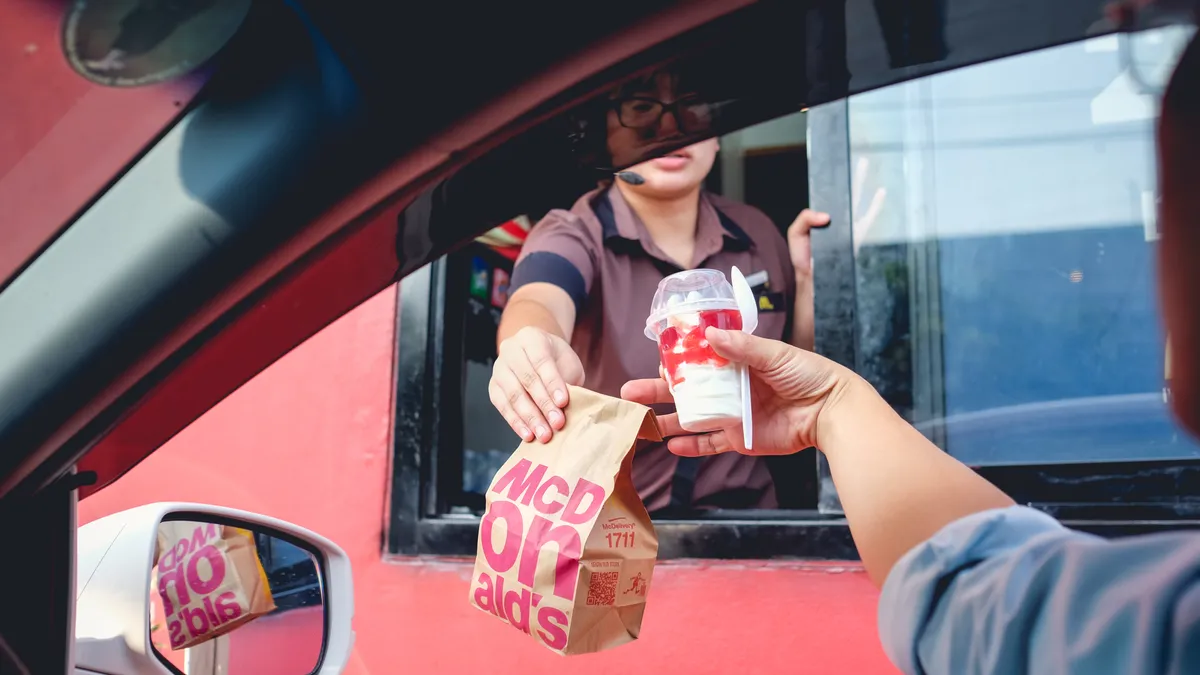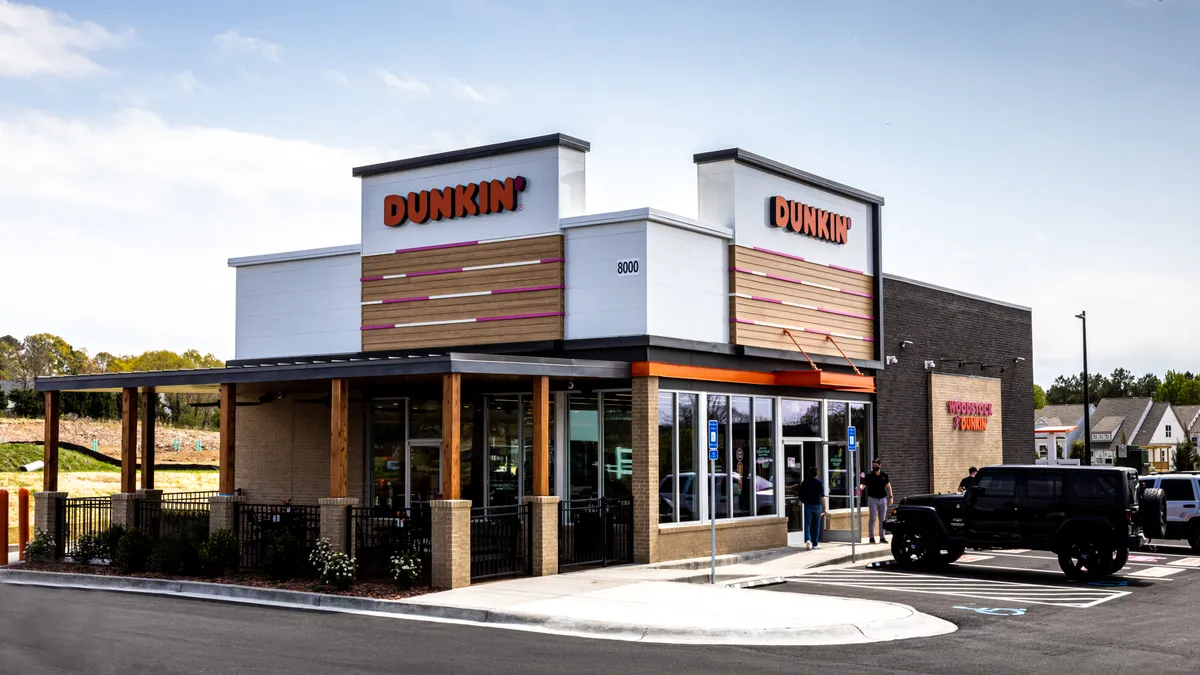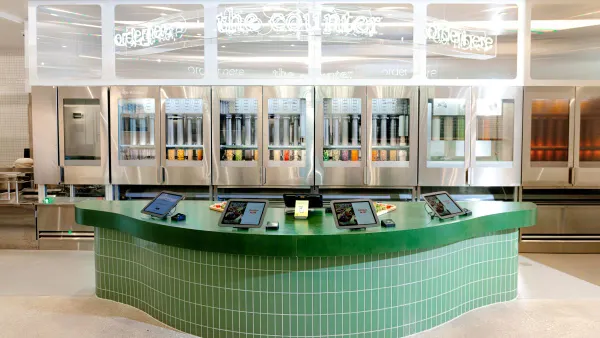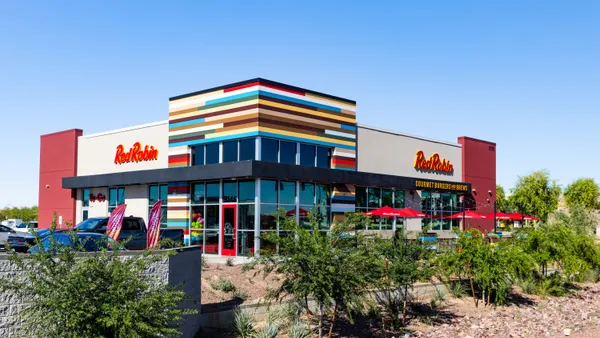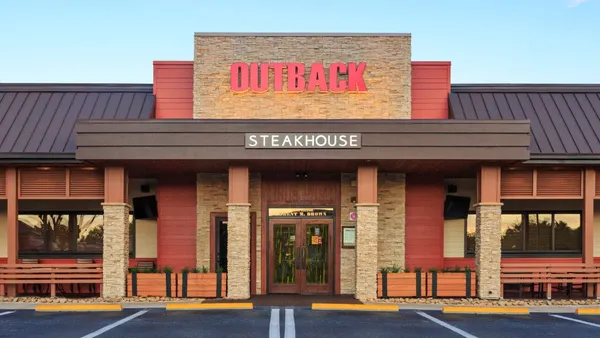Restaurant guests are rapidly moving to online ordering, assisted by kiosks, web or mobile interfaces or third-party marketplaces and social media apps. While traditional indoor dining fluctuates depending on the season, recent economic climate as well as safety concerns - many customers prefer having a variety of options for ordering: diverse channels, payments or ordering types, including ordering ahead for takeout, delivery or curbside pickup or drive-thru. In times of high inflation, staff-related challenges and supply shortages, restaurants are trying to juggle this rising demand for digitalization while controlling their innovation spending. For some larger brands, these efforts pose an even bigger struggle to get all their international franchisee partners on one, unified path of effective digital operations. How to build an effective and efficient restaurant business with the help of reliable unified solutions that save costs and staff hours instead of adding complexities and exploding the innovation costs? Unified restaurant ecommerce is the answer.
The struggle of managing unintegrated software
During the COVID peak, some restaurant brands were rushed into buying whatever software and apps were available to them. This mad scramble resulted in operators having to deal with multiple disconnected backends, disparate systems, as well as scattered data sources and reports. Instead of a well-sounding integrated software orchestra where everything is unified, from omnichannel online ordering and payments to loyalty, delivery, dispatching, inventory management and reporting - these restaurants had to deal with total digital chaos.
A global restaurant chain with several international franchisees may have as many as 50 or more technology providers (both local and international), each of them covering a single operational area such as:
- Omnichannel ordering via POS, online native apps, and external channels
- Payment and billing process
- Customer loyalty programs
- Customer engagement and marketing
- Order and inventory management
- Analytics, reporting, and feedback
- Delivery & Dispatch
- Menu management
- Employee management
There is no one system of record. Even integrating different solution providers brings only some tiny relief for restaurants, because after the integration is done, restaurants are still left to deal with multiple technology vendors, each having its own support services, invoicing, communication, training, deployment and solution development patterns and roadmaps. For some international restaurant brands, this has led to the creation of entire departments dealing solely with technology vendor management across different markets, including managing technology integrations, assessing and adapting to vendor development roadmaps, and calculating ROI from technology. Having a unified ecommerce solution in place can help restaurants save time and cost dedicated to vendor relationship management.
"There is no one system of record. Even integrating different solution providers brings only some tiny relief for restaurants because after the integration is done, restaurants are still left to deal with multiple technology vendors, each having their support services, invoicing, communication, training, deployment, and solution development patterns and roadmaps."
How unified solutions bring long-term value
Reliable and affordable unified restaurant ecommerce solutions are now available that can take restaurant businesses to new heights of efficiency and profitability. These solutions offer a comprehensive suite of features covering all aspects of the restaurant business from one platform to one provider. The efficiency comes not only from digitalizing many processes, integrating several providers, producing high-quality data reports, and reducing the manual staff workload but also from removing multiple technology vendor management costs and stress.

Another essential benefit of unified ecommerce is the quality and access to data that has become the lifeblood of any restaurant business. Data needs to be easily accessible by all stakeholders, from the front of house to the back office. A unified ecommerce platform consolidates all customer touchpoints and backend operations into one digital restaurant ecosystem. All data flows into one place from all native and external online ordering channels, point-of-sale (POS); guest loyalty system, delivery and dispatching application, inventory and recipes; labor scheduling; accounting and finance; marketing automation; customer relationship management (CRM); and advanced reporting and analytics into one place. This holistic view gives restaurants an enormous competitive advantage and advanced business insights.
"In the last two years, restaurant brands have seen significant demand to have “one hand to shake” as they build their robust, sustainable digital platforms. This allows them to achieve more efficient management of their tech stack instead of acting as a middleman and coordinating competing tech providers that are not willing to collaborate with each other."
How brands respond to unified restaurant ecommerce shift
One of the pioneers in unified commerce has been PAR Technologies Corporation which has recently acquired MENU Technologies with the clear intention to connect off-premise and on-premise onto one beautiful system.
According to the CEO of PAR Technologies Savneet Singh, "Unification of the technology experience all comes down to being customer-centric with your intentions. We immediately recognized that the restaurant brands we worked with were drowning in disparate data coming from siloe'd products that made it hard for them to be intentional in streamlining their customer's experience. Our desire to unify stems from our view that in order to give control back to the restaurant, we need unify the tech stack, such that an order anywhere is an order everywhere, and the restaurant can have one true system of record."
This view is echoed by Marlon Koch, CPO of MENU Technologies: “In the last two years, we have seen a big demand from restaurant brands to have “one hand to shake” as they build more robust sustainable digital platforms. This allows them to achieve more efficient management of their tech stack instead of acting as a middleman and coordinating competing tech providers that are not willing to collaborate with each other. In the end, only with unified commerce can restaurants significantly improve tech stack ROI, their data flow, enable deep business insights, perfect customer, and staff experience”.
About MENU Technologies
Acquired in July 2022 by PAR Technology Corporation, MENU Technologies is a market-leading ecommerce platform for global restaurant brands, powering all digital customer touchpoints from mobile, web, kiosk to delivery marketplaces. MENU enables omnichannel flow and centralized management of all ecommerce data and customer engagement. Restaurant information, news and menus for all sales channels can be updated from one central place. MENU merges all commercial data coming from all customer touchpoints such direct channels (web, mobile, kiosk) and third-party delivery marketplaces, Google & social media to one central data hub synced with restaurant POS (Point of Sale).
To learn more about menu, visit https://menu.app




